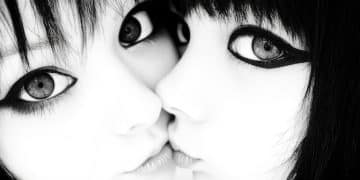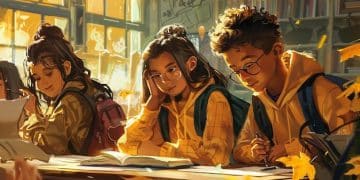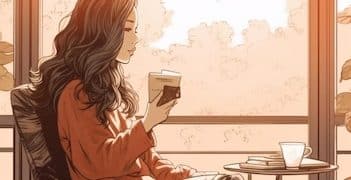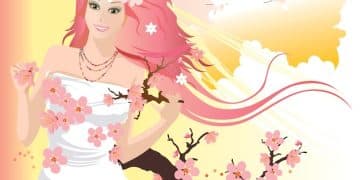From Page to Screen: A Critical Comparison in Seinen Manga Adaptations

From Page to Screen: A Critical Comparison of the transformations of seinen manga into different media, examining the adaptations’ fidelity, artistic interpretation, and impact on the original works’ themes and audience reception.
The journey From Page to Screen: A Critical Comparison of the adaptation of seinen manga into various forms of media is an intricate process. It involves navigating the balance between honoring the source material and appealing to new audiences.
Understanding Seinen Manga and its Appeal
Seinen manga, targeted towards older teen and adult males, distinguishes itself through complex narratives and mature themes, which often prompts the question of successful onscreen adaptability.
Defining Seinen Manga
Unlike other manga genres, seinen manga often delves into darker and more nuanced territory, exploring themes such as existentialism, societal critiques, and intricate character studies.
The Appeal of Seinen Manga
Seinen manga engages readers by presenting compelling stories that challenge conventional thinking and explore the depths of human experiences, making it a favorite among mature audiences.
- Exploration of mature themes
- Complex and intricate narratives
- Realistic and flawed characters
- Artistic and stylistic diversity
Seinen manga’s depth and complexity present unique opportunities and challenges, where adapting its themes to screen effectively requires careful consideration and artistic vision.
The Adaptation Process: Challenges and Opportunities
Adapting seinen manga for the screen involves several critical judgment calls, from selecting which aspects of the story to highlight to determining how to visually represent the manga’s distinct art style.
The Fidelity Factor
Remaining faithful to the source material is a significant concern when adapting seinen manga to ensure that the core themes and nuances of the original work are preserved and honored.
Artistic Interpretation
Adaptations need to balance fidelity with artistic interpretation so as to appeal to the viewing audience whilst maintaining the artistic merit of the original work.
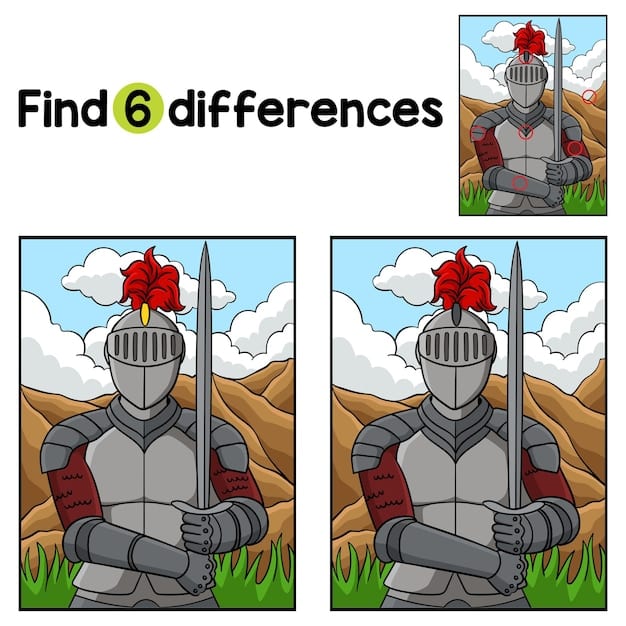
The blend of manga’s original fidelity and cinematic adaptation hinges on several factors, the most noteworthy being how content is visually displayed and whether or not the storyline is closely followed.
Case Study: “Berserk” – A Dark Fantasy Epic
“Berserk,” by Kentaro Miura, is a manga renowned for its intricate storyline and detailed art, presenting a pivotal case study for screen adaptation challenges.
Adaptations of “Berserk”
“Berserk” has been adapted into various anime series and films, with each version attempting to capture the dark and violent essence of the manga.
The different adaptations showcase contrasting success levels in retaining the thematic and visual elements that make “Berserk” unique, with some garnering more appreciation than others.
Critical Reception and Fan Response
The adaptations of “Berserk” have been met with mixed reception, with fans often criticizing the changes in art style and narrative choices.
- The 1997 anime series earned positive reviews for its darker and more accurate design.
- The Golden Age Arc film trilogy garnered acclaim for its 3D animation and gripping action, but was criticized for straying from the original story.
- The 2016-2017 anime series was highly criticized for its poor CGI animation.
These adaptations highlight the critical balance needed to successfully transition deep material to screen while honoring the fan base.
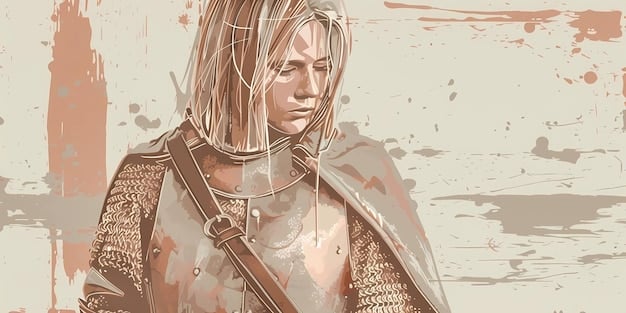
Case Study: “Vinland Saga” – Historical Drama and Themes
“Vinland Saga,” created by Makoto Yukimura, intertwines historical drama with deep thematic investigation, rendering it a unique translation from page to screen.
Adaptations of “Vinland Saga”
The anime adaptation of “Vinland Saga” has been praised for its commitment to the original manga’s storytelling and aesthetic themes, providing a model for effective adaptation.
Visual and narrative choices in the anime adaptation of “Vinland Saga” have been vital to its success because key plot and expressive details were deliberately preserved to honor and represent the initial manga, gaining viewer and fan respect.
Critical Reception and Fan Response
The anime adaptation has been well-received, with high praise for its animation quality, voice acting, and faithfulness to the original source material.
Successful conversions of popular seinen manga depend greatly on preserving the original content, but more significantly on enhancing the expressive storytelling through animation.
Maintaining the Essence: Theme and Tone
When adapting seinen manga, maintaining the essence of the source material is crucial for preserving the story’s integrity and resonating with its audience.
Thematic Integrity
Staying true to the original themes is essential for maintaining the intellectual and emotional depth that characterizes seinen manga.
An effective adaptation retains thematic integrity by carefully transitioning stories and character arcs, ensuring that the deeper significances resonate with the target audience.
Adapting the Tone
Capturing the correct tone, whether dark, philosophical, is vital for preserving the emotional impact of the original work.
Adapting the tone requires a delicate balancing act, staying true to the manga’s distinctive mood while making modifications for a diverse audience.
Successful adaptation results from thoughtful decisions that value both the source content and the viewing audience, demonstrating an understanding of and regard for the story’s essence.
The Impact of Adaptations on Original Works
Screen adaptations can significantly influence the profile and impact of their original manga counterparts, which affects both the creative and commercial ecosystems surrounding these works.
Expanding the Audience
Adaptations can bring seinen manga to a broader audience, including those who may not typically read manga.
By attracting a larger audience, adaptations contribute to increased revenues, enhance fan interaction, and create a greater recognition of the original work’s creative and storytelling attributes.
Creative Interpretations and New Mediums
Adaptations can lead to new interpretations and creative expansions of the original story.
- Animation Quality: Viewers typically desire great animation accuracy.
- Casting Choices: Casting decisions are pivotal in drawing and engaging fans.
- Thematic Preservation: Being faithful is key to maintaining viewer satisfaction.
Thus, adaptations boost manga’s visibility and offer new interpretations via different mediums, improving its cultural impact.
Future Trends in Seinen Manga Adaptations
As technology and creative storytelling evolve, adaptations of seinen manga are poised to become more innovative and immersive, potentially reaching a diverse global audience.
Technological Advancements
Future adaptations will likely leverage advanced animation techniques, virtual reality, and interactive storytelling to enhance the viewing experience.
Improved animation technology paired with creative storytelling may result in more realistic adaptations that capture the nuanced characteristics of the original manga.
Global Accessibility
With the rise of global streaming platforms, adaptations will reach international audiences, fostering cross-cultural appreciation, through subtitles and culturally sensitive translations.
| Key Point | Brief Description |
|---|---|
| 🎨 Fidelity vs. Interpretation | Balancing faithfulness to the source material with artistic license. |
| 🎭 Thematic Essence | Preserving the deep, mature themes of seinen manga in adaptations. |
| 🌐 Audience Reach | Adaptations expand the audience, but audience satisfaction must be considered. |
| 🎬 Adaptation Impact | Adaptations influence the popularity and profitability of original works. |
Frequently Asked Questions
▼
Seinen manga is a genre targeted towards older teen and adult males, characterized by mature themes, complex narratives, and often darker subject matter.
▼
The greatest challenge is balancing fidelity with artistic interpretation in order to retain the thematic essence. It often also involves adjusting the tone for a broader audience.
▼
Adaptations expand the manga’s audience and influence the source material. It can also result in an increased appreciation and wider reach. However, can also cause criticism.
▼
Successful adaptations depend on factors such as faithful transition, expressive storytelling through animation, and preservation of themes and characters.
▼
Technological advancements (e.g., VR, interactive storytelling) and global streaming platforms are setting the stage for more innovative and accessible adaptations.
Conclusion
Ultimately, From Page to Screen: A Critical Comparison of the transformation of seinen manga into visual media involves complex trade-offs. Balancing fidelity to the source material with the demands of a new medium determines the success and fan satisfaction. As technology and cultural exchange evolve, the future of seinen manga adaptations holds exciting possibilities for creative expression.

